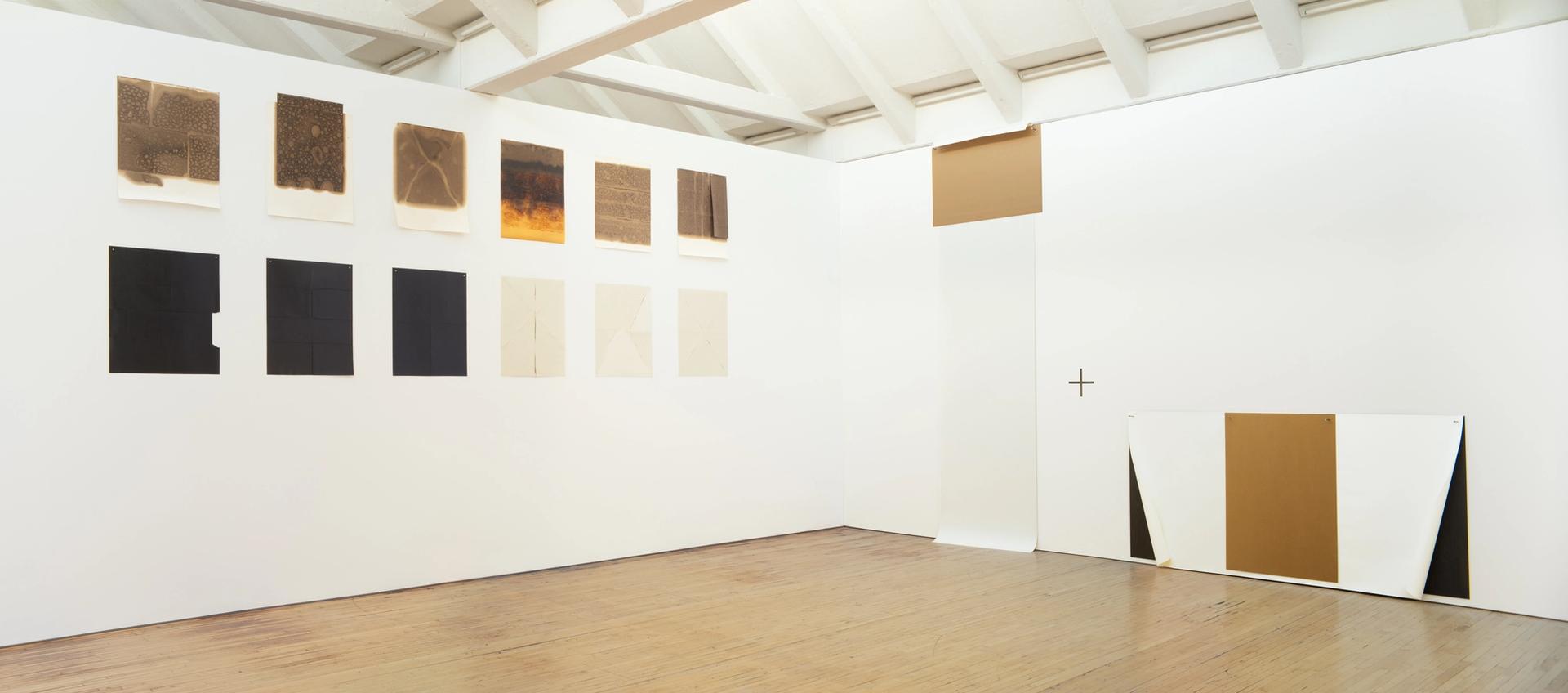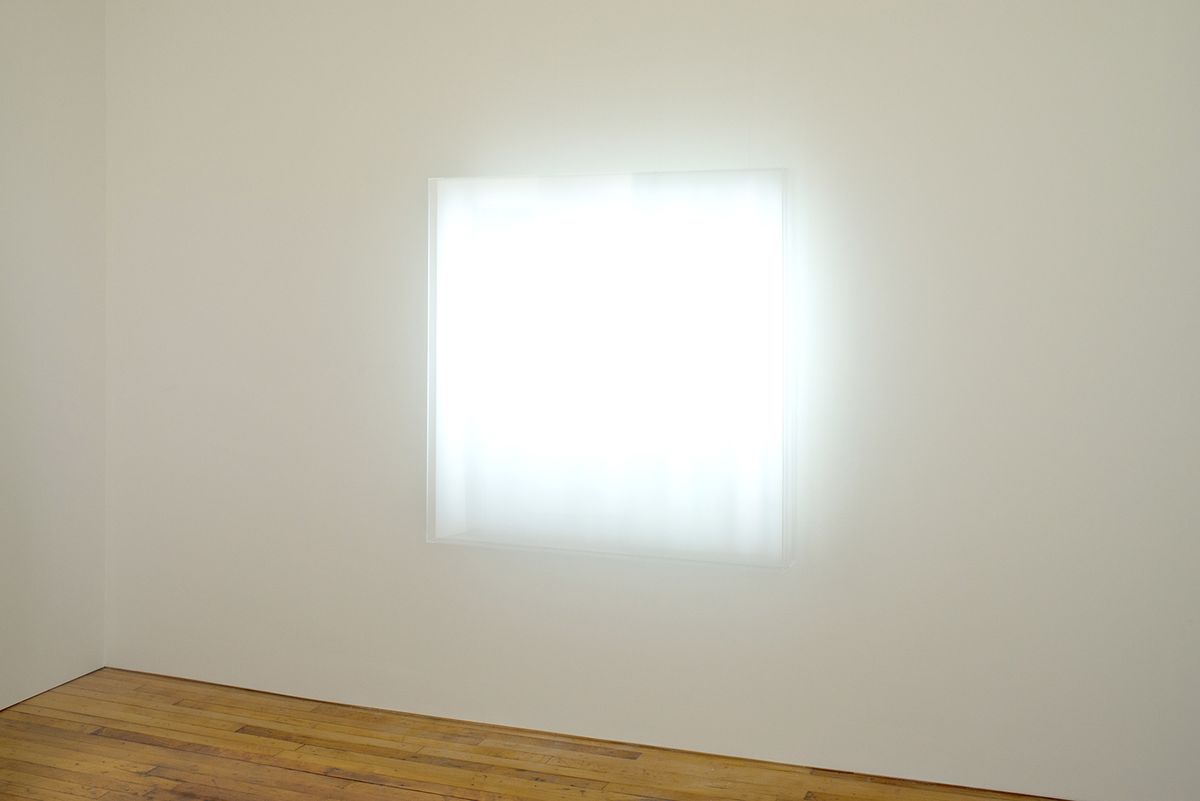“What was wrong with people back then?” the artist Joan Jonas said. “Couldn’t anyone see?” The multimedia pioneer was at Dia: Beacon and talking about 1968, the date on a transfixing, white-light sculpture by Mary Corse. How had such a radiant work stayed under the art world radar for so long?
Well, Minimalism never had it so good as it does at Dia: Beacon. (Just ask the lucky Heizers, Weiners, Richters, Judds, Serras and Sandbacks on permanent view.) Hundreds of art notables attending the gala preview paid close attention to rooms newly dedicated for long-term exhibitions of works from the 1960s and 70s by Corse, currently also the subject of a survey at the Whitney Museum (through 25 November), and the estimable Dorothea Rockburne.
Now, there is an artist whose influence and accomplishment far exceed her renown—except at the Dia now helmed by Jessica Morgan. The former Tate curator is remaking the non-profit pretty much in its own vintage 1974 image, only better. First, she acquired works by women, such as Anne Truitt and Michelle Stuart, who had been excluded from a collection long dominated by macho minimalists and conceptualists. Morgan is also expanding her institution’s exhibition spaces in both Manhattan and Beacon, and making Walter De Maria’s Broken Kilometer and The New York Earth Room installations open to the public year-round.
All of this is something to cheer. It is also edifying to see seminal, but rarely exhibited works by both Rockburne and Corse emerge from the shadow of their male peers. Some who were at the preview—Brice Marden, Robert Morris, Carl Andre and Barry Le Va, among them—seemed happy to take a back seat on this occasion, as did Dia’s cofounder Heiner Friedrich.
In the 60s, the Los Angeles-based Corse was one of just three young women sort of accepted by the likes of Robert Irwin, James Turrell, Larry Bell and Doug Wheeler as one of their own in the Light and Space Movement.

Installation view of Dorothea Rockburne's work at Dia:Beacon Dorothea Rockburne/Artist Rights Society (ARS), New York. Photo: Bill Jacobson Studio, New York. Courtesy Dia Art Foundation, New York
Rockburne, a New Yorker, assisted Robert Rauschenberg before going off to explore a geometric abstraction based on mathematically set theory. High on the walls and low enough to spill onto the gallery floor were examples that involved torn, folded or rolled paper and chipboard, as well as tar, grease, crude oil and nails. Not exactly wilting lily materials. “They may look like drawings,” said the painter Carroll Dunham of one grouping. “They’re actually etchings meant to respond to the architecture of a space,” he explained, recalling that he cut his teeth as an artist in Rockburne’s studio. “Believe me,” he added. “I know.”
Morgan is nothing if not even-handed. Balancing the columned expanse of the huge basement, where works by Bruce Nauman are permanently sited, is a diagonally set maze of floor-bound neon tubes by Francois Morellet. On the floor above, recent exhibitions by Irwin and Morris, with de Maria’s Truck Trilogy and the gorgeously installed plinths of pale color by Truitt.
“Jessica’s made some smart choices,” said an impressed Donna De Salvo, whose forthcoming Andy Warhol survey promises to be a blockbuster for the Whitney. “Makes you wonder what’s been going on here all these years.”


